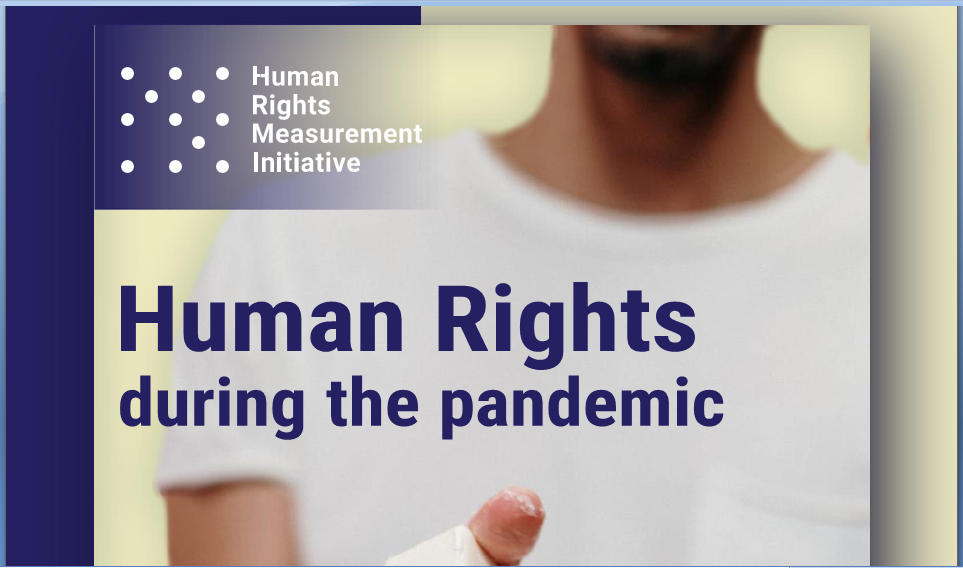How social transition damages children-
Paul Huxley of CC weigh in on the seriousness of the issue

July 29-
Is it good to treat children as if they are members of the opposite sex?
Some people think there’s no harm in switching pronouns, dressing in different clothes and going by a new name. What’s the harm in that?
Plenty, it turns out. Affirming children in a false gender identity causes real damage. Here’s how.
What happens if you don’t affirm a trans identity?
First, let’s consider what happens if you simply continue treating a child according to their real gender.
In his evidence supporting the case of Nigel and Sally Rowe, Dr Paul McHugh, a distinguished professor of psychiatry sums up the evidence:
“98% of gender confused boys and 88% of gender confused girls eventually accept their biological sex after naturally passing through puberty.”[1]
Multiple studies have confirmed similar results – with a large 2021 study showing that when following up after an average of 20 years, only 12% boys had persistent gender confusion. All of these studies show at least 80% of children losing their gender distress over time.
Trans ideologues sometimes use slogans like “Would you rather have a living daughter or a dead son?”. Saying this to the parents of a boy with gender distress implies that if they don’t affirm him as a girl, he will kill himself.
Besides being deeply manipulative, this is a barefaced lie. The extraordinary number of children whose gender distress goes away when left alone (80+%) is enough to demonstrate how clearly false this statement is.
Puberty can be a difficult time for many children – children with gender identity disorder[2] often also suffer with depression, PTSD, anxiety and phobias. Addressing these and any other mental health concerns is surely the compassionate approach in caring for these children.
What does social transitioning lead to?
To affirm children in a trans identity robs them of these possibilities – it simplistically treats gender distress as the root cause of any other problem. Children should gently be reaffirmed in their true identity, be given help for any other mental health struggles and be assured that feelings of being trapped in their body are likely to be resolved naturally. They need to hear that it is impossible to be born in the wrong body, not be encouraged to view their healthy bodies as broken.
But ‘social transition’, where a child dresses according to their trans identity, swaps pronouns and normally chooses a new name, is not a neutral act. As well as cementing an identity that is at odds with a child’s body, it doesn’t often stay as only social.
We don’t have exact figures for how many children who are socially transitioned go on to take puberty blockers. However, child referrals to Tavistock’s GIDS clinic have skyrocketed in recent years, and 96% of children referred there were given puberty blockers.
Recent changes to policy in the UK may lessen the number of children going on puberty blockers. But clearly, the likelihood of going on puberty blockers has been high since the meteoric rise of child referrals for gender distress in the last ten years.
So when people say “what’s the harm in a little boy being allowed to wear a dress?” we can’t simply look at that action in isolation – although the Bible prohibits cross-dressing. It isn’t just a matter of clothing – once you start a child down this track, they rarely get off. Social transitioning usually leads to puberty blockers.
The effects of puberty blockers
What, then, do puberty blockers do to a child’s body?
It’s often claimed that puberty blockers are simply a pause button – that they halt puberty while the child is given the chance to try out their new gender identity – that they can stop taking the medication at any point and resume natural puberty.
This is wrong.
Puberty blockers are not fully reversible and come with side effects. McHugh writes “Puberty suppression hormones prevent the development of secondary sex characteristics, arrest bone growth, decrease bone accretion, prevent full organisation and maturation of the brain, and inhibit fertility”.
The ‘pause button’ claim also fails to recognise that nearly everyone who goes on puberty blockers progresses to cross-sex hormones. One Tavistock study showed 43 out of 44 (98%) of 12-15 year-olds progressing to further treatment – and with it all the additional complications that are caused by cross-sex hormones.
Cross-sex hormones
In the UK, cross-sex hormones can be given to 16-year-old children. These can increase a child’s risk for coronary disease and sterility.
Estrogen, which is given to boys, can also cause thrombosis, cardiovascular disease, weight gain and several other serious conditions – even breast cancer.
Testosterone, which is given to girls, can cause cholesterol problems, sleep apnea and insulin resistance[3].
The NHS admits that these hormones can permanently alter these young people’s bodies – including loss of breast development for females and temporary or permanent sterility.
Reassignment surgery
So-called reassignment surgery, where a person’s breasts and genitals are mutilated to help them appear to be members of the opposite sex, is only legal in the UK from the age of 18. Unlike in some other countries, this at least limits the bodily damage caused to the effects of puberty blockers and hormones. Nevertheless, many young people are having their bodies mutilated in these ways in their late teens and 20s – decisions they may well go on to regret.
Harm to detransitioners
Over time, many people aren’t satisfied with their trans identity and leave it behind. An increasing number of detransitioners are now telling their stories.
It is difficult to know exactly how common this is – in part due to researchers like James Caspian being blocked from studying the phenomenon. One small study found 1/5 of patients stopping taking cross-sex hormones, half of whom had detransitioned. Many of the studies suggesting low rates of detransitioning are deeply flawed.
Depending on how long they’ve been on puberty blockers and hormones – and whether they’ve had surgery – they may face the health consequences for the rest of their lives.
It is possible for people who have taken cross-sex hormones for years to become mothers and fathers. But others will not be so fortunate, facing serious health problems.
Some people regret their transition, the drugs and hormones they have taken or the mutilation they’ve undergone but continue to live in a trans identity. Once you have committed so much to this new identity, it may be very difficult to admit your mistake, meaning some continue living unhappily in a false and no-longer-wanted identity.
Tragically, some do not continue living at all. A thorough study in Sweden – which has a relatively pro-transgender culture – showed the suicide rate of those who had undergone sex-reassignment surgery was 20 times that of comparable peers.
What about those who are content?
We have seen the damage that can be caused to children’s bodies that is often later regretted. But what about those who say they’re happy with their new identity and altered body?
As Christians, we should be concerned even about those who continue to be content with their trans identity. They are living a lie before themselves, before others and before God. They have rejected God’s design and every day are estranging themselves from him and from the gospel.
This is true of all sin. No one should target trans-identifying people as especially wicked or beyond God’s redemption. But repentance and a new trust in Christ is required and who will hear if nobody tells them?
Christians should be clear in their minds and consciences – there is not a single positive outcome of social transitioning and there are no circumstances under which we should support it.
What might have been?
The question for everyone who has embraced a trans identity is ‘what might have been?’
What would have happened if, as a child, their family, teachers and friends said no to their trans identity? If they had lovingly affirmed them in their true identity as a boy or a girl?
They will never know for sure.
However, a 2013 study followed up with 127 adolescents (aged 15+) who had been referred to a gender clinic in Amsterdam before they were 12.
47 were classed as ‘persisters’ – those with continued gender difficulties. 80 were classed as ‘desisters’ – those who did not want to continue with treatment.
Amongst those who desisted, 4% of the boys and 46% of the girls had only undergone a partial transition.
None of these children had undergone a full social transition.
None.
Although treating a child according to their real sex may not always mean their gender struggle goes away, we can be sure that a full social transition nearly always leads to the harmful effects of puberty blockers, cross-sex hormones and a false identity that rejects God’s good design.
Socially transitioning a child is cruel. McHugh goes as far as to say that school policies supporting social transition lead to “catastrophic outcomes for many such afflicted children.”
The sooner we stop encouraging this harmful delusion, the better.
Notes
[1] American Psychiatric Association: Diagnostic and Statistical Manual of Mental Disorders, Fifth Edition, Arlington, VA, American Psychiatric Association, 2013 (451-459). See page 455 re: rates of persistence of gender dysphoria. 19 Lawrence S. Mayer, P
[2] An older diagnostic term related to gender distress
[3] See expert evidence from Dr Paul Rodney McHugh: https://christianconcern.com/wp-content/uploads/2018/10/CC-Resource-Misc-Rowes-JR-McHugh-20210915.pdf


